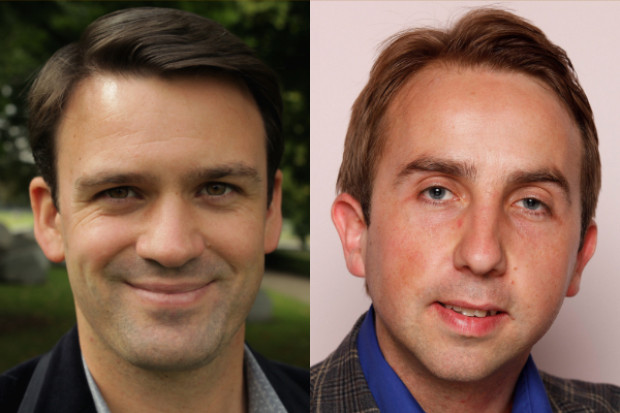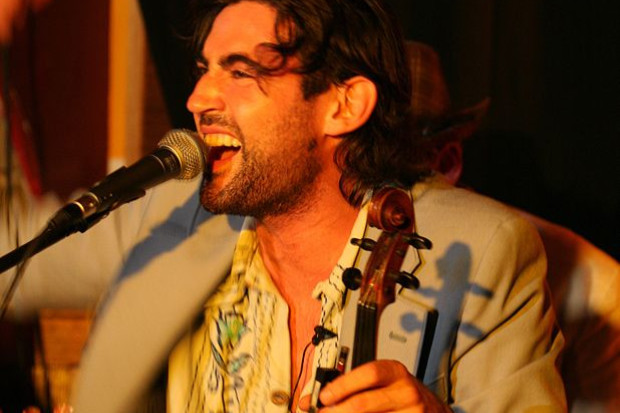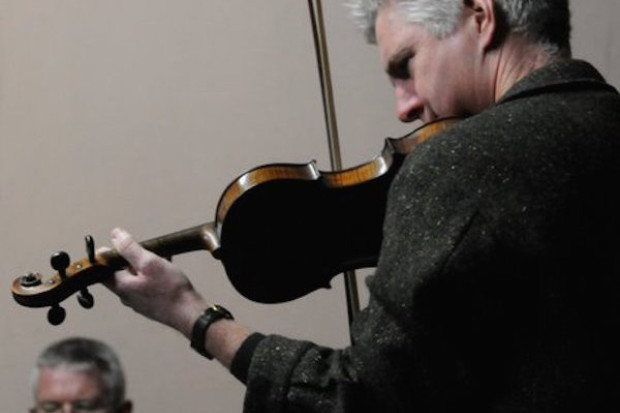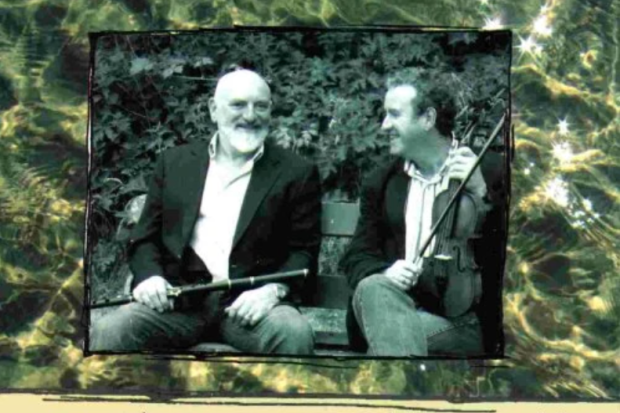Letters: Let Go of the Language of the Past
Niall Keegan’s article, which dealt with the ‘language’ of traditional music, set me thinking about the term ‘sean-nós’ in reference to traditional singing. ‘Sean-nós’ means ‘old style’ and the conception, or misconception, of a continuum with an old, or ancient, style of singing is central to the unease I have with its use today.
Various early recordings of traditional song in Irish are now much more accessible. The Doegen collection of dialectal material is a case in point and can be downloaded from the internet. It consists of oral recordings of Irish-language dialects made in 1928 or shortly after. The collection also includes a number of excellent recordings of singers. I have spent considerable time listening to the Munster singers whose voices can be heard in remarkably clear re-mastered recordings and it has proved to be a chastening experience for me, a real eye-opener.
To put it simply, there is a great divergence between many of the Munster ‘sean-nós’ singers of 1928 and the modern variety of ‘sean-nós’. It is clear that aspects of the technique evident in these early recordings have long since disappeared. Take, for example, the Doegen recording of Tomás Ó Corcráin from Sliabh gCua in Co. Waterford.
One of the most remarkable features of his singing is his use of very long notes produced to great effect at important points of the song. Equally remarkable is the fact that a singer from the very opposite end of the province of Munster, Pádraig Ó Ceallaigh, who was recorded in the same year, had a very similar style of singing. Ó Ceallaigh sometimes sings a number of lengthened notes immediately after each other, followed by a whole series of grace notes. His singing of ‘Bean Dubh an Ghleanna’ sounds wonderfully unfamiliar. A.M. Freeman’s description of a singing session in the Ballyvourney area of Co. Cork in 1914 refers to something similiar: ‘There are a good many lengthened notes… Turns and runs are introduced, but never on the long notes….’
I could go on contrasting the old and the new ‘sean-nós’ styles, based on other early recordings of Munster singers. The main point that I wish the make is that the removal of the sean-nós tag or label from traditional Irish singing would help to lay to rest a myth, to which undue importance is attached, about the unbroken oral continuum of an ancient manner of singing. The mythical connection with some ancient Irish tradition obstructs us from judging the merits and inherent qualities of modern singers in Irish in their own right.
Published on 1 April 2010
Pádraig Ó Cearbhaill is employed as a placenames researcher in the Department of Community, Rural and Gaeltacht Affairs. Pádraig’s solo CD of traditional song, Amhráin na Séad /Jewels and Pathways was released in 2006.














